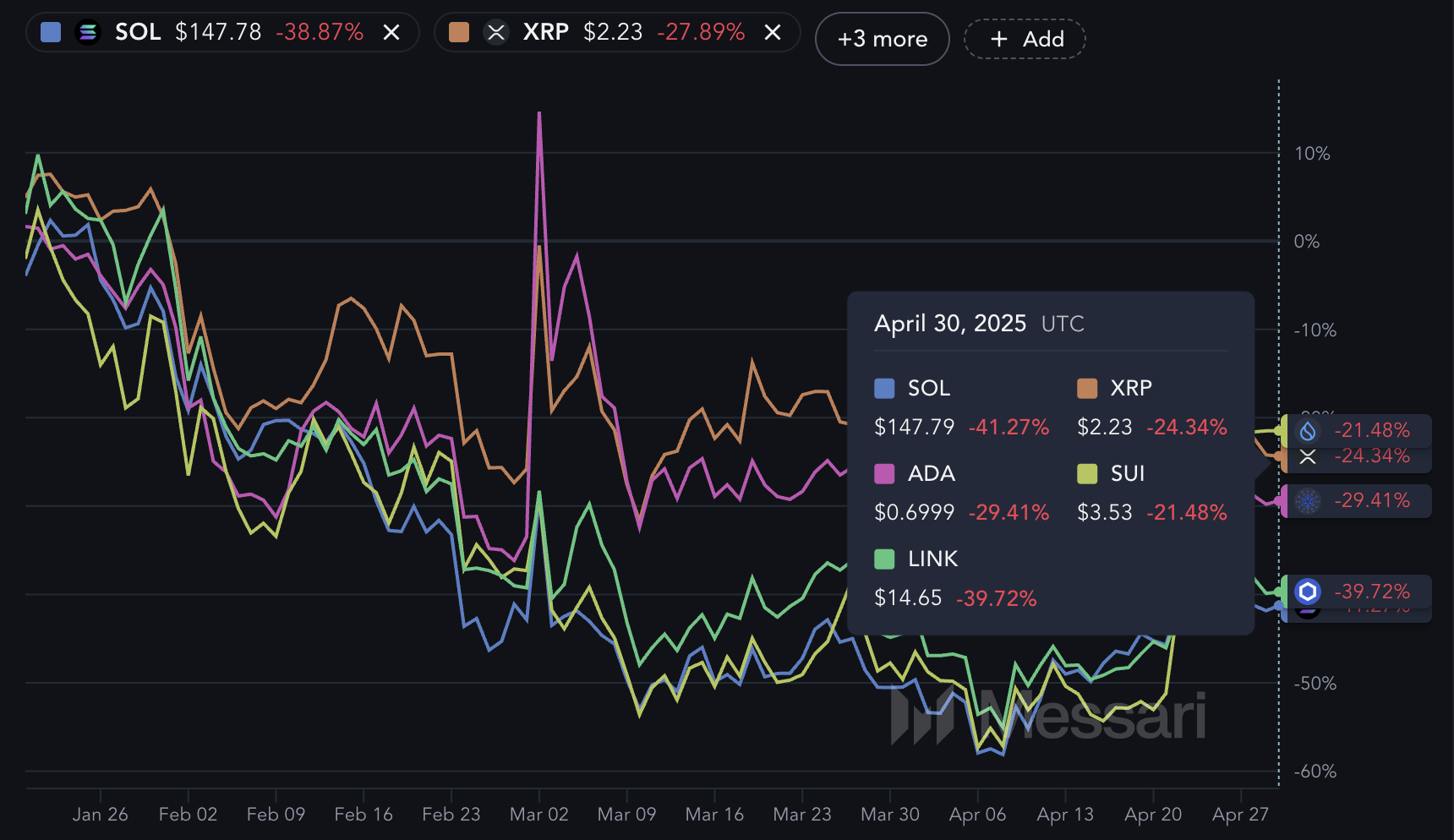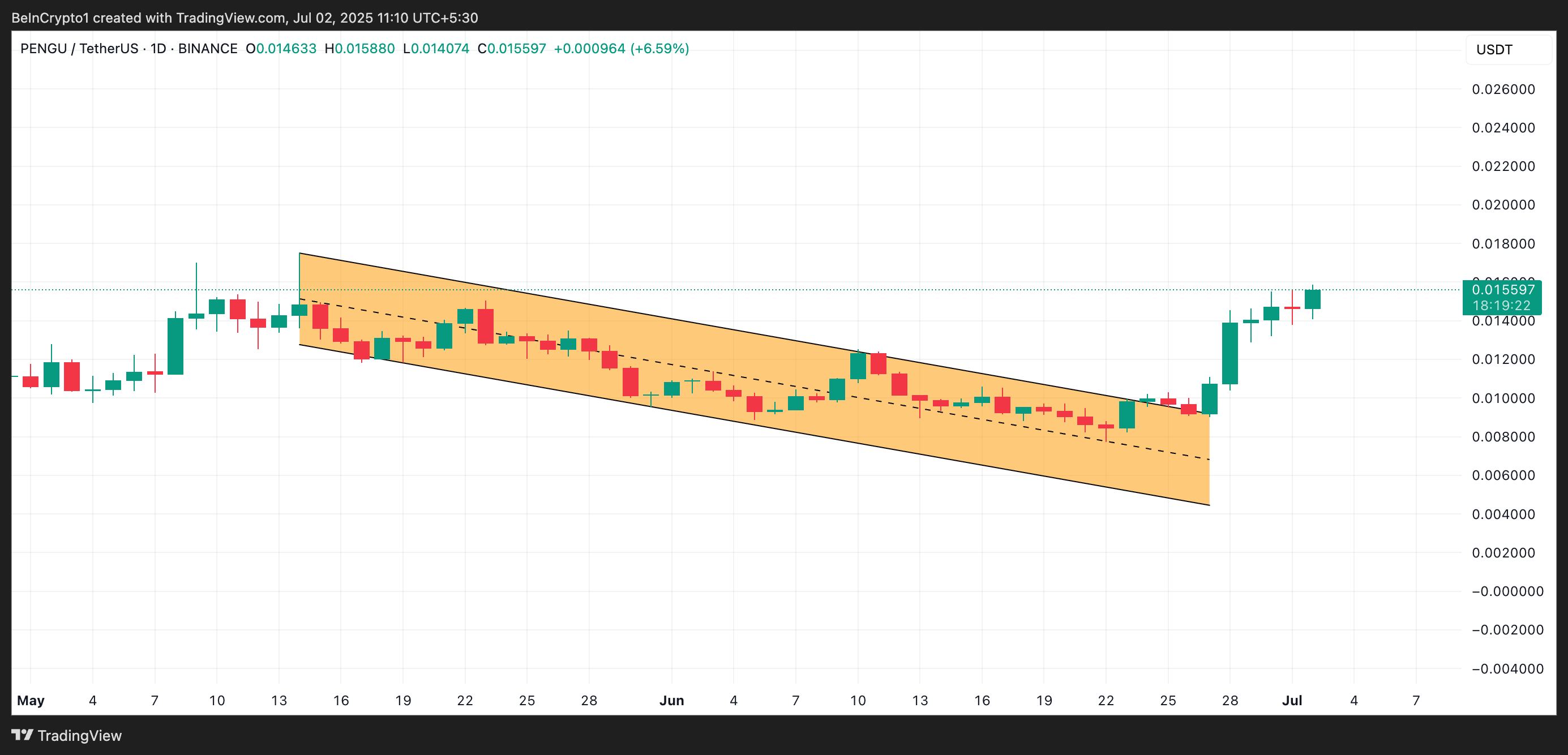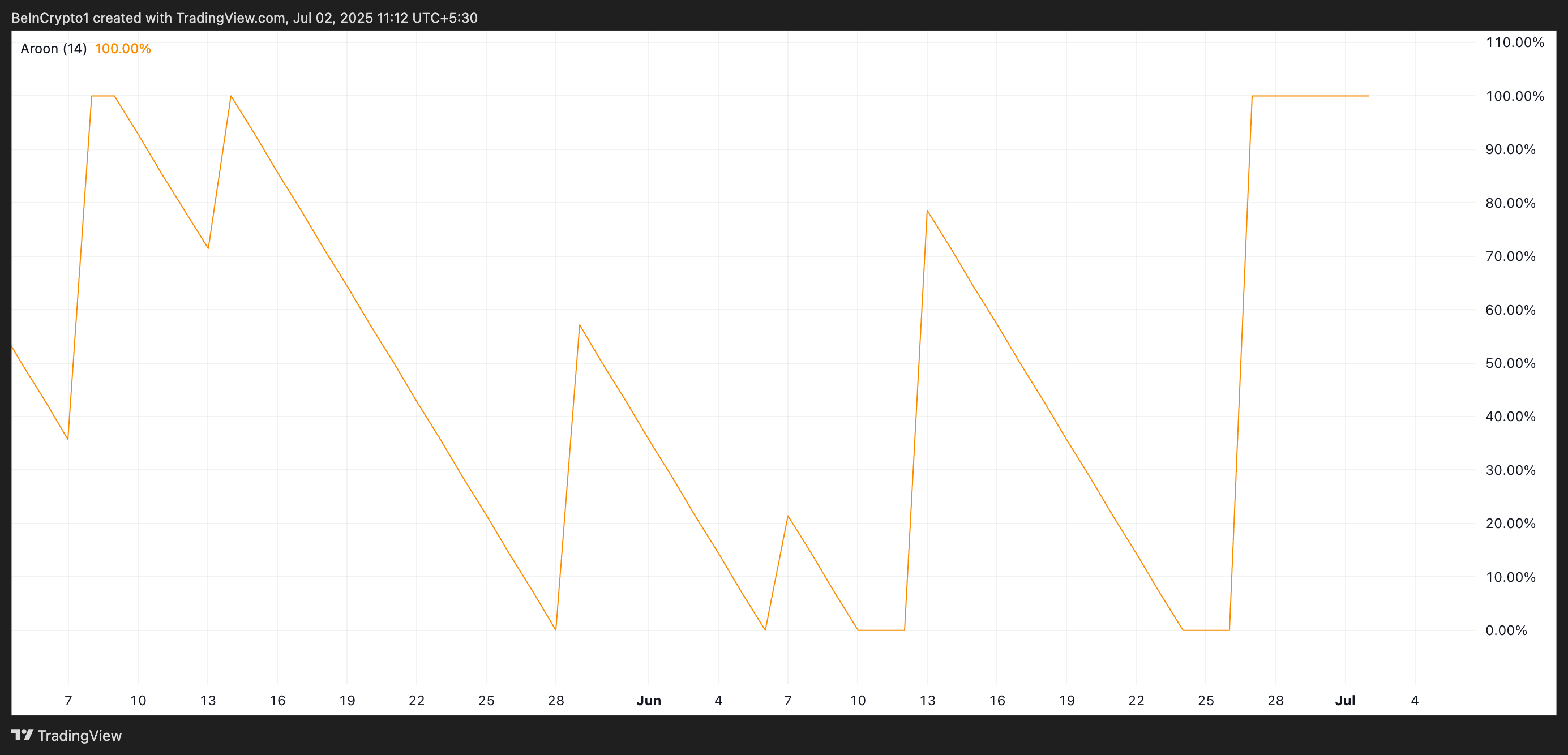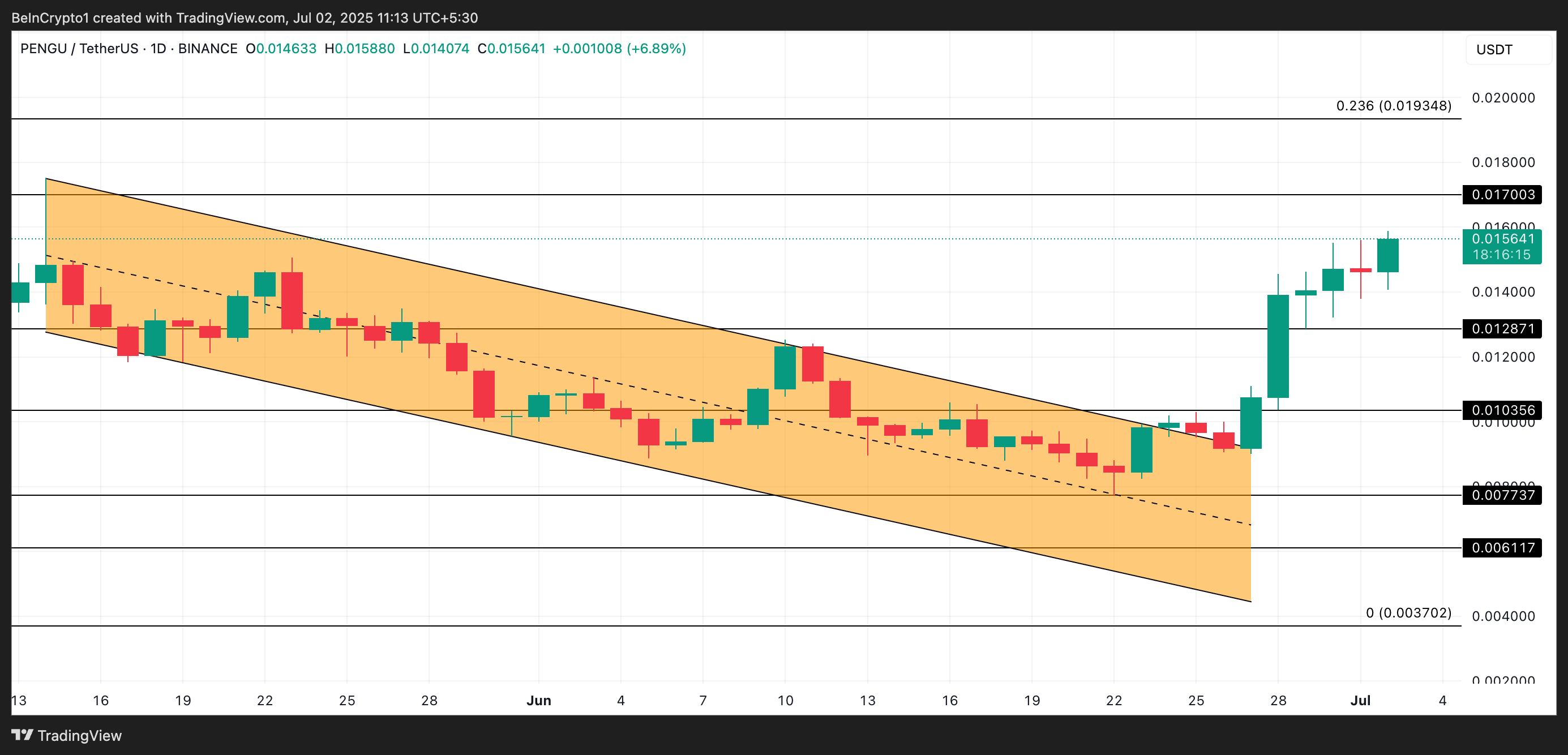Gate.io officially launched the brand-new airdrop platform CandyDrop. CandyDrop adopts a task-incentive mechanism, aiming to lower the entry barrier and enhance interaction between users and quality projects, creating a more convenient and efficient way for users to acquire cryptocurrencies.
Task-Driven Airdrops: Bridging Users with Quality Projects
CandyDrop is a token airdrop platform built by Gate.io, with its core mechanism being task-driven participation. Users can complete various tasks such as reaching a certain trading volume, depositing specific tokens, and inviting new users to register to earn candy points, which can be exchanged for project token airdrops.
Gate.io maintains its consistent professional standards in project selection, strictly controlling project quality, and selecting mature or high-potential tokens to ensure that users receive real and reliable rewards. This helps users access more quality assets while participating in the activities.
Easy Participation: Join CandyDrop Seamlessly
Participating in CandyDrop activities is very simple. On the web platform, users simply need to click “Startup” on the navigation bar and scroll to expand the “CandyDrop” page to easily join. On the app, click profile picture in the top left corner, scroll down to the “Earn” section, and open “CandyDrop” to quickly join the event as well.
After completing specified tasks, the system will award a corresponding amount of candy based on the task type. The more candy a user collects, the more tokens they will receive after the activity ends. After the activity ends, the platform will distribute the corresponding tokens to the user’s wallet based on the total amount of candy accumulated. Users can then choose to trade immediately to realize gains or hold the tokens long-term and wait for value appreciation.
CandyDrop Explained: Helping Users Participate with Confidence
CandyDrop activities have virtually no entry barrier, and all verified Gate.io users can participate. In addition to the aforementioned deposit, trading, and referral tasks, more innovative tasks will be introduced in the future.
CandyDrop’s candy distribution mechanism is closely tied to user engagement. The more tasks users complete, the more candy they receive, and the more likely they are to reach the required candy threshold to earn substantial rewards in each round. It is important to note that each CandyDrop event has an independent candy system, and candy from one event will not carry over to the next.
Each CandyDrop activity has its own rules and task requirements, which serve as the foundation for fair and orderly execution. Users must carefully read the detailed terms on the activity page before participating, to understand the rule specifics and better plan their participation strategy, allowing them to fully enjoy the event and its potential rewards.
CandyDrop: A New Model for Unlocking Asset Growth Opportunities
As the cryptocurrency market continues to develop, the CandyDrop platform, with its innovative, transparent, and user-friendly features, is expected to attract more users and inject new vitality into the industry. In the future, CandyDrop will continue to optimize platform functions, expand task types and incentive mechanisms, and provide users with diversified paths for asset appreciation, contributing to the prosperity of the crypto ecosystem.
Disclaimer: This content does not constitute an offer, solicitation, or recommendation. You should always seek independent professional advice before making investment decisions. Gate.io may restrict or prohibit certain services in specific jurisdictions. For more details, please read the User Agreement.
The post Major Debut: Gate.io Introduces CandyDrop Airdrop Platform with Free Tokens Up for Grabs appeared first on BeInCrypto.










